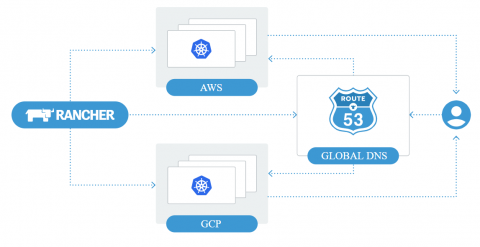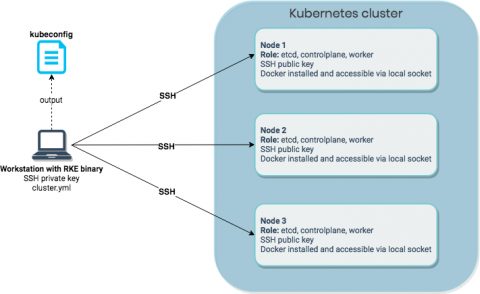Introducing k3s: The Lightweight Kubernetes Distribution Built for the Edge
Today Rancher Labs is announcing a new open source project, k3s, which is a lightweight, easy to install Kubernetes distribution geared towards resource-constrained environments and low touch operations. Some use cases in which k3s really shines are edge, ARM, IoT, and CI. The work for k3s started as a component of Rio, an experimental project we started last year.









